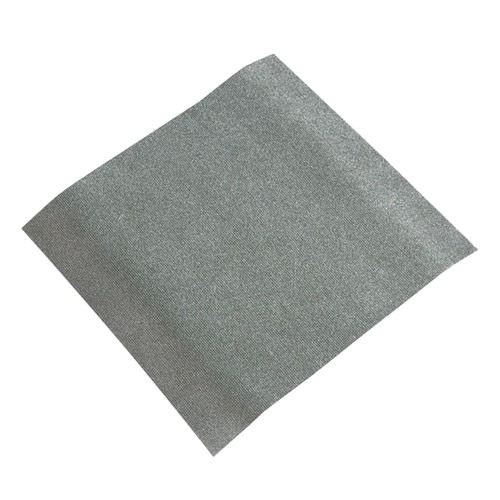Prevent Burns with Common Sense
Published: Aug 6, 2010
Let’s face it; most of us have been burned before. From simple sunburn to touching a hot pot on the stove, almost everyone has been a victim of a minor burn. About 500,000 people receive treatment for minor burn injuries every year. Children are particularly at risk of getting burned accidentally.
Most burns are mild and the severity of the burn depends on the number of skin layers affected.
A thermal burn is caused by any hot source or a chemical reaction that releases heat. Thermal burns can be caused by the following:
- Flame
- Steam or hot liquid
- Contact from touching a hot object such as a stove
- Electrical burn
- Welding exposure
- Sunburn
- Medical radiation from cancer treatment
- Chemical burn
Burns used to be described using the word degree (1st, 2nd and 3rd). Now must doctors describe burns according to the thickness.
Superficial or first degree burn – This burn only involves the epidermis which is the outer layer of the skin. Sunburn is usually the cause for this type of burn in most people.
Symptoms of this burn include a painful red area which turns white when touched with no blister or moisture.
Partial thickness or second degree burn – This type of burn involves the epidermis and dermis which is the second layer of the skin. This can also be categorized as superficial or a deep burn depending on how much skin of the second layer is involved.
Symptoms of this burn include a painful red area which turns white when touched. Blister and moisture is present. If a lot of dermis is involved then this type of burn might not be painful because the nerve endings might have been destroyed due to the injury. Hair is usually gone if this burn has deep symptoms.
Full thickness or third degree burn – This is the most severe burn which involves all of the epidermis and dermis. Nerve endings, tiny blood vessels, hair follicles, and tiny sweat glands are all destroyed. At times, the bone and muscle may also be involved.
Symptoms of this burn are painless and there is no sensation to the touch. The skin may turn pearly white or charred and dry giving a leathery look.
For simple burns, that are superficial a Prevention Burn and Wound Spray can be used along with Antibiotic Ointments which will aid in the healing and process and reduce the chance of an infection.
Immediate medical attention is required if you have a partial or full burn which involves the ears, eyes, genitals, hands, feet or if the burned area is larger than the size of your palm.
911 should be called for emergency medical transport in the cases below:
- Extensive partial or full burn to the body.
- Large amount of smoke exposure in a room.
- If the face is burned and you are having problems breathing.
- If a person faints after getting burned.
Burns are easy to prevent if common sense is used.
- Don’t allow children to play with matches or materials that can cause a fire.
- Don’t smoke tobacco products in bed.
- Do not carry a child and hot liquids at the same time.
- Do not leave cups containing hot liquid at the edge of a table.
- Turn pot handles on the inside so that children can’t reach and pull them down.
Shop Burn Dressings














